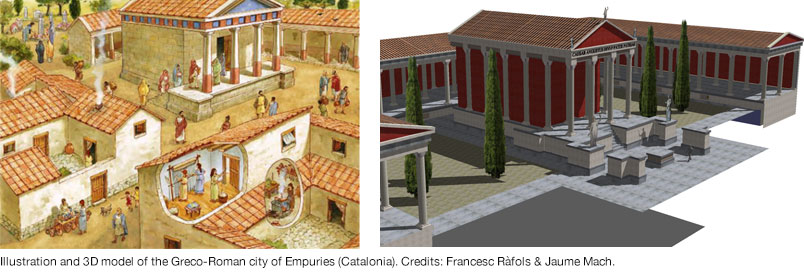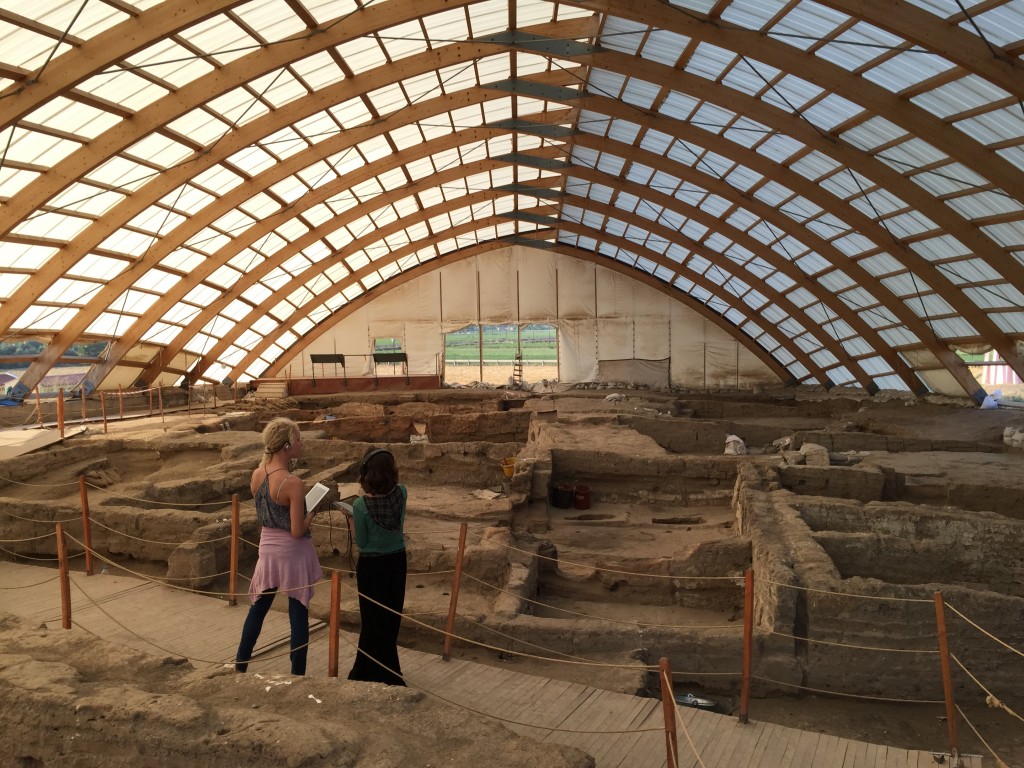Savage Minds welcomes guest blogger Colleen Morgan.
Post by Laia Pujol-Tost.
Archaeology has a long tradition of using visual representations to depict the past. For most of its history, images were done by hand and based on artistic skills and conventions. But the last fifteen years, we have witnessed 3D models take over archaeological visualization. It is interesting to note that while hand-drawn depictions tend to show human figures and seem to be associated with scenes of “daily life”, virtual reconstructions mostly show architectural remains and public spaces, usually devoid of people and objects. Yet, authors state that their intention is to represent the past.

My field of research is what we now call Virtual Archaeology, but I started investigating when we still talked about “VR applications in Archaeology”. I have seen it become mainstream and evolve; and I wonder why after almost twenty years of technological improvements and theoretical debate, virtual reconstructions are still empty. Especially in comparison with drawings. Do the virtual and the physical have implicitly different goals? Are they subject to different perceptions or expectations by researchers and/or audiences? Have they received different historical influences? Maybe technological capacities still play a role?
